Stealthy & Supersonic
While the primary role of Japan’s Air Self-Defense Force (JASDF) is to secure air superiority, they also have the role of attacking enemy fleets to support the Maritime Self-Defense Force.
JASDF currently employs the indigenous F-2 fighter, an multi-role aircraft capable of carrying up to four anti-ship missiles, for this specific task, but recent developments have increased the need for supersonic missiles.
In an effort to penetrate the evolving enemy air defense and obtain a certain kill, Japan envisioned to use the newly developed “ASM-3 anti-ship missile.”
- General Overview (Original Version)
| Length | 6.0m/19.7ft |
| Diameter | 35cm/13.8in |
| Mass (Weight) | 940kg/2,072lb |
| Speed | 3,704 km/h (2,200mph) |
| Firing Range | 200km/124miles |
| Unit Price | Unknown |
Referred to as “XASM-3” during the development phase, the new missile demonstrates superior speed and stealth capabilities compared to the previous Type 93 Anti-Ship Missile (ASM-2).
Thanks to a propulsion system called the “Integral Rocket Ramjet,” the ASM-3 has achieved a maximum speed of Mach 3 (3,704 km/h or 2,200mph) which is more than three times faster than conventional missiles.
Such exceptional speed reduces reaction time, making interception extremely challenging for adversaries while increasing the likelihood of a successful hit.
Along with its stealthy design and countermeasures towards electromagnetic jamming, the ASM-3 was bound to be a highly elusive and formidable weapon for Japan.
The Original Was Too Short-Range
The ASM-3 competed its development in 2018 after clearing several assessments including a live-fire test against a decommissioned destroyer.
Following this completion, the ASM-3 was expected to enter production, but development of an extended-range version, “ASM-3 (Kai)” soon began instead.
The reason for not producing the original ASM-3 was attributed to its insufficient range. Contrary to initial assumptions, the original range was deemed to be inadequate by the time development ended.
In a span of several years, the Chinese Navy had significantly improved their air defense capabilities both in range and quality.
As a result, the original ASM-3 was never mass produced, and JASDF’s attention shifted towards developing the extended-range version that had better stealth capabilities and low-altitude flight performance.
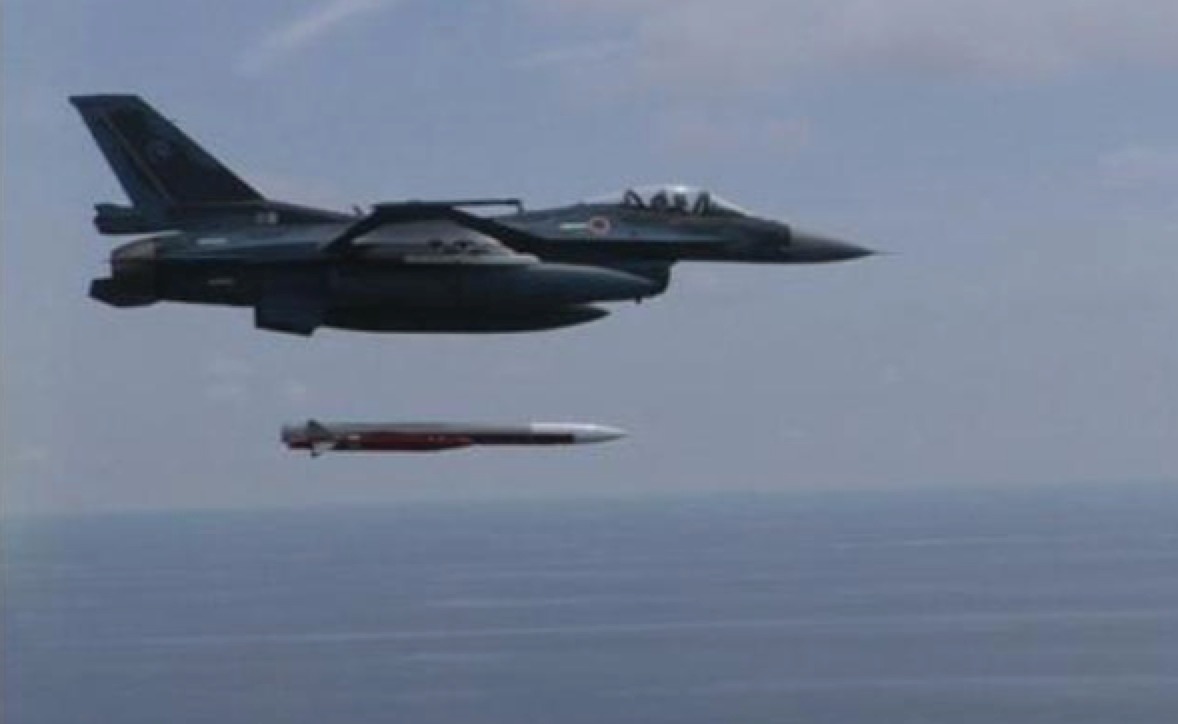 F-2 fighter firing the original ASM-3 (photo: JASDF)
F-2 fighter firing the original ASM-3 (photo: JASDF)
However, further deterioration in the security environment led to the early procurement of an interim version – the ASM-3A missile.
Starting production in 2022, this provisional missile has an extended range of 400km, but lacks the upgraded guidance capacity planned for the ASM-3 (Kai) which aims to be completed by 2025.
The decision to produce an interim version instead of waiting the formal updated one is quite unusual, reflecting just how urgent the current security situation is.
While both the ASM-3A and ASM-3 (Kai) is intended for the F-2 fighter with a maximum payload of two missiles, JASDF is likely to pursue a further extended-range of around 1,000km/620miles or more.


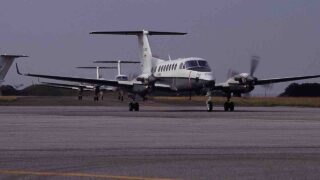
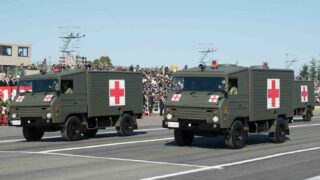

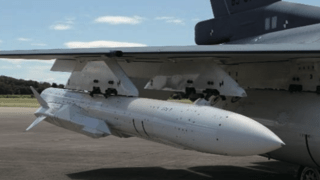
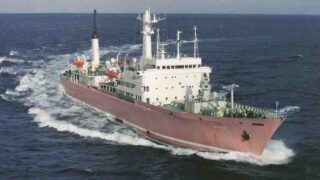

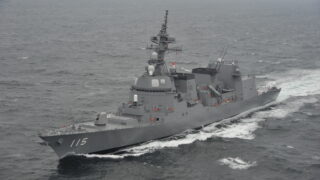

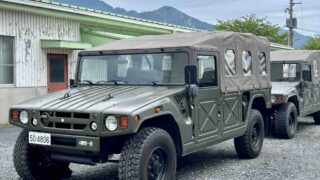



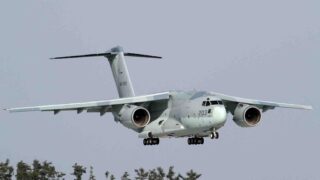
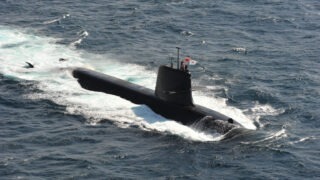

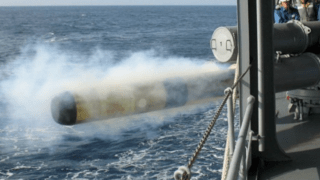
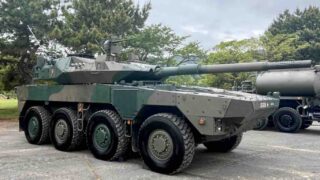
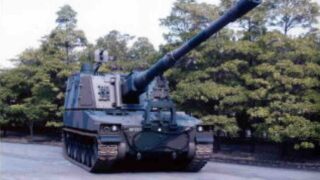
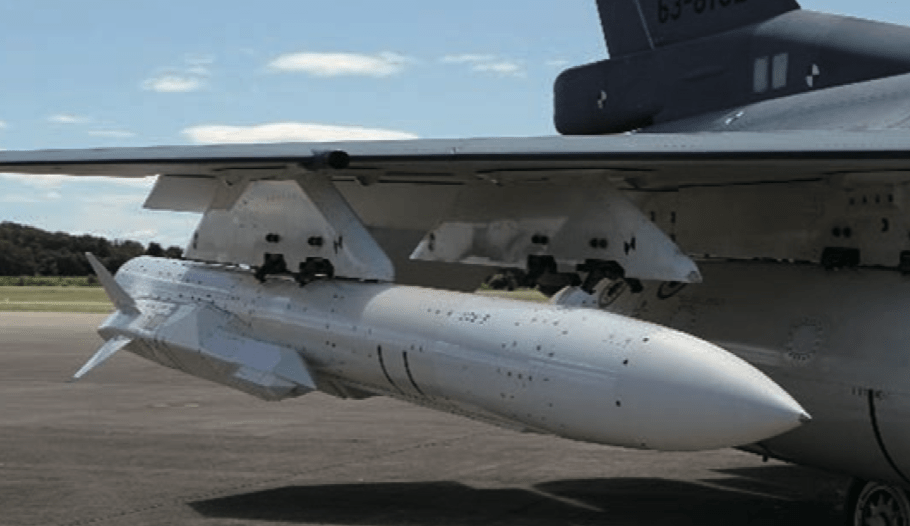
Comments